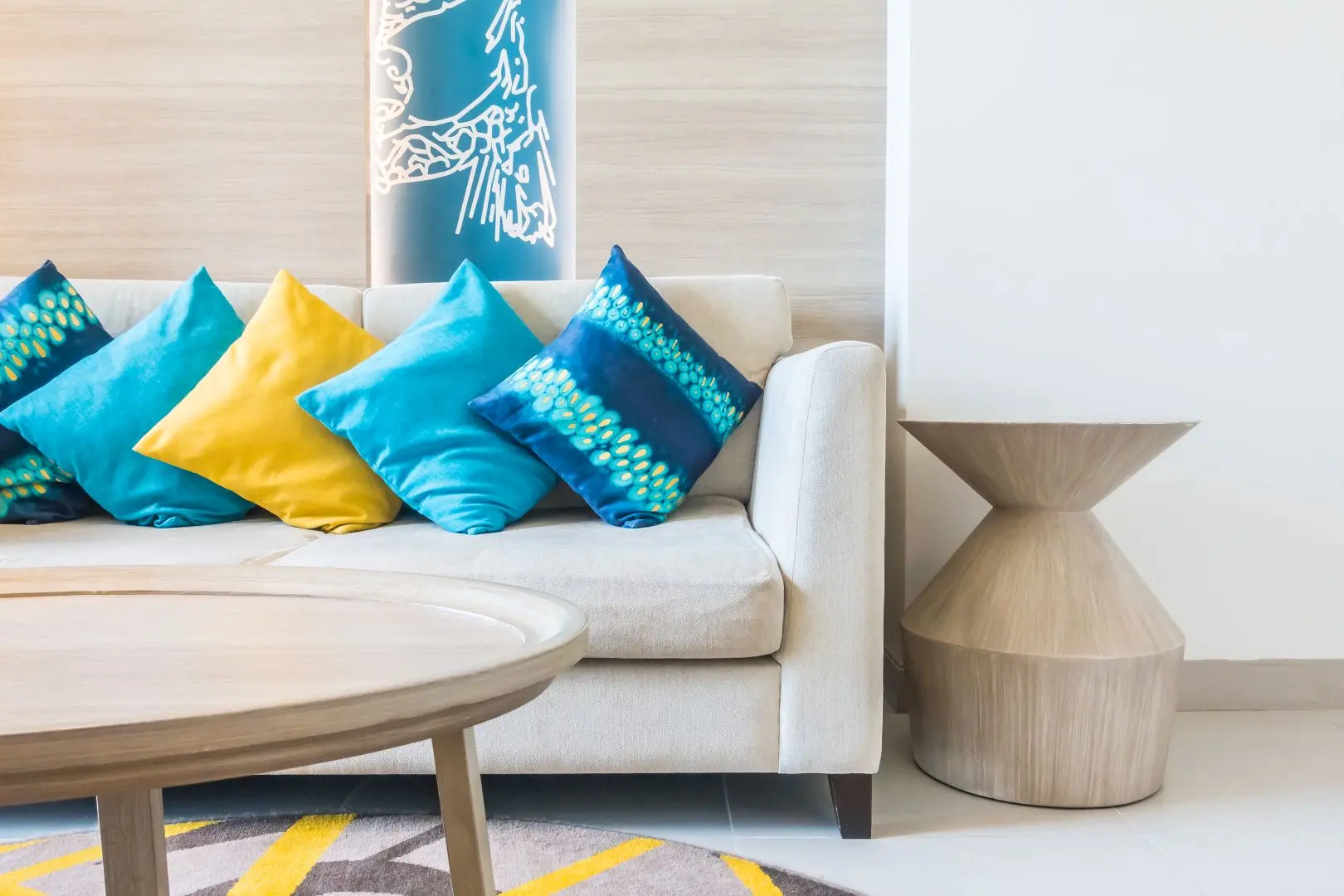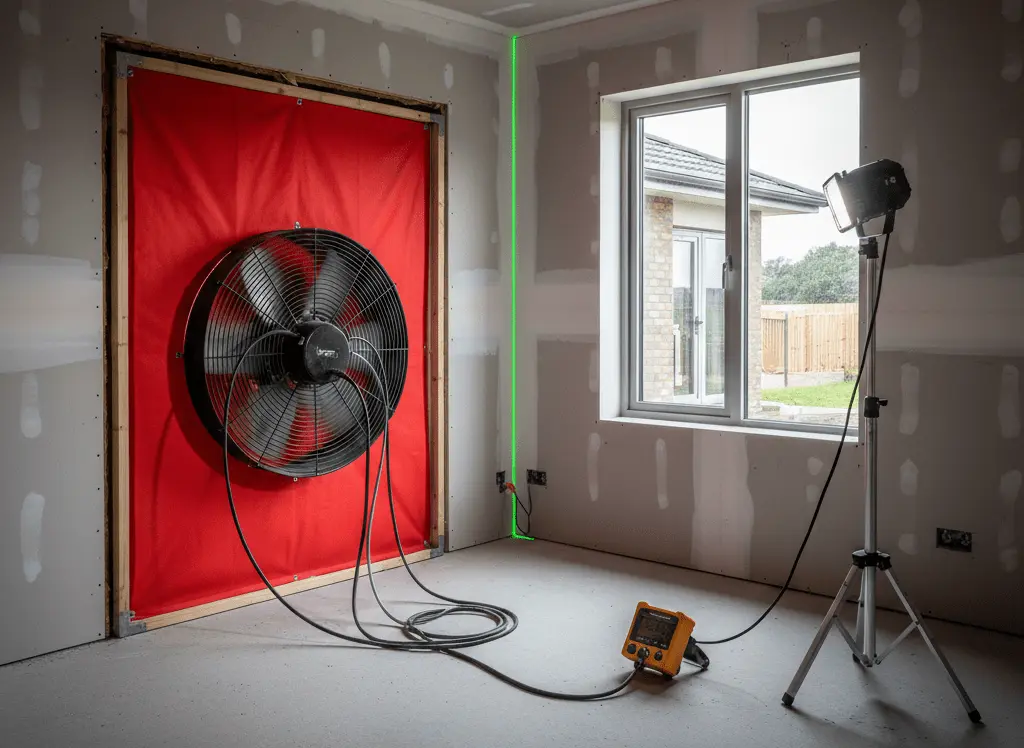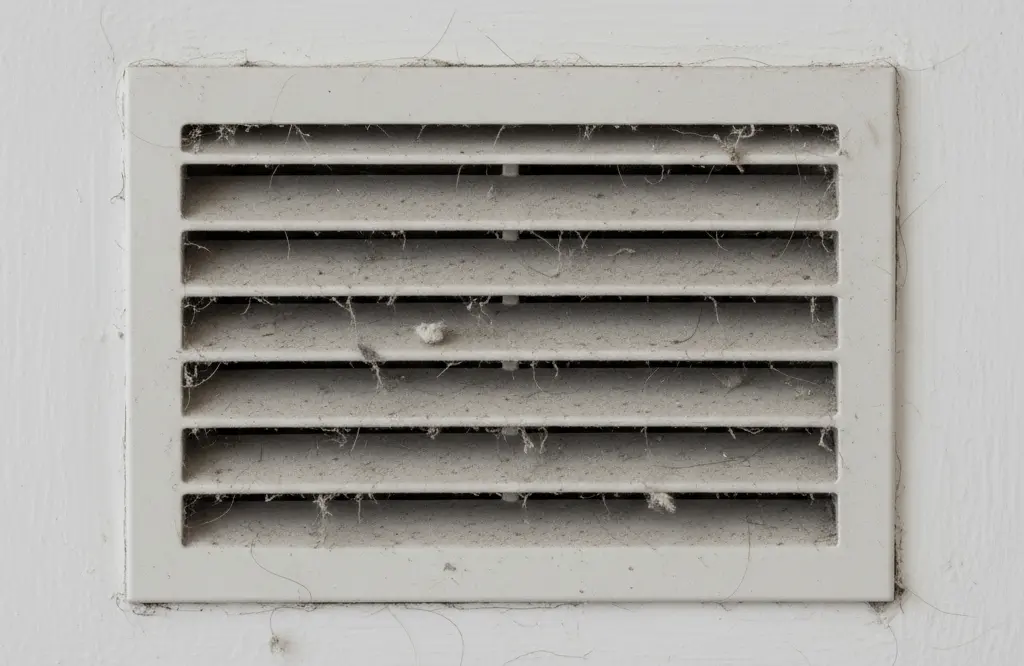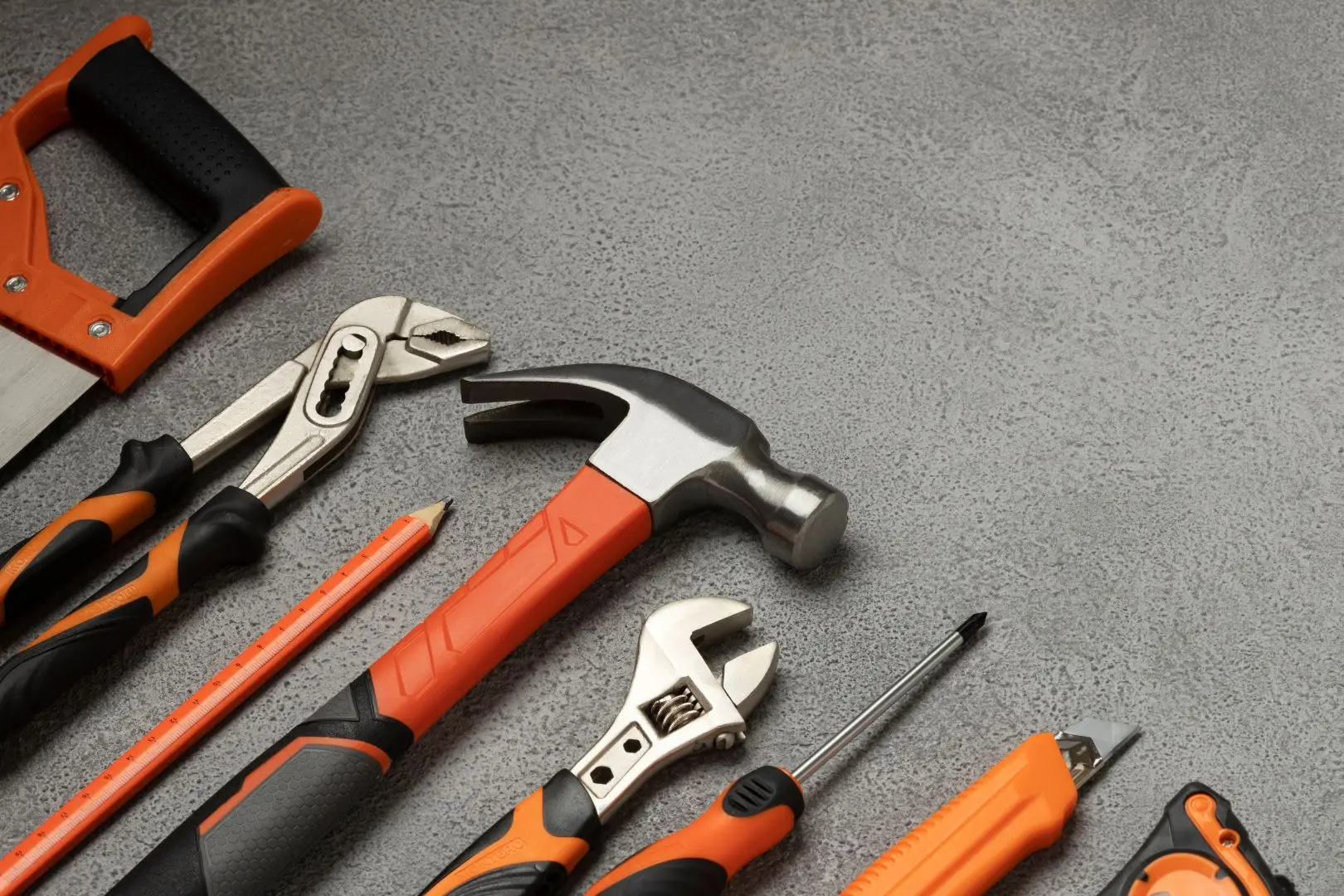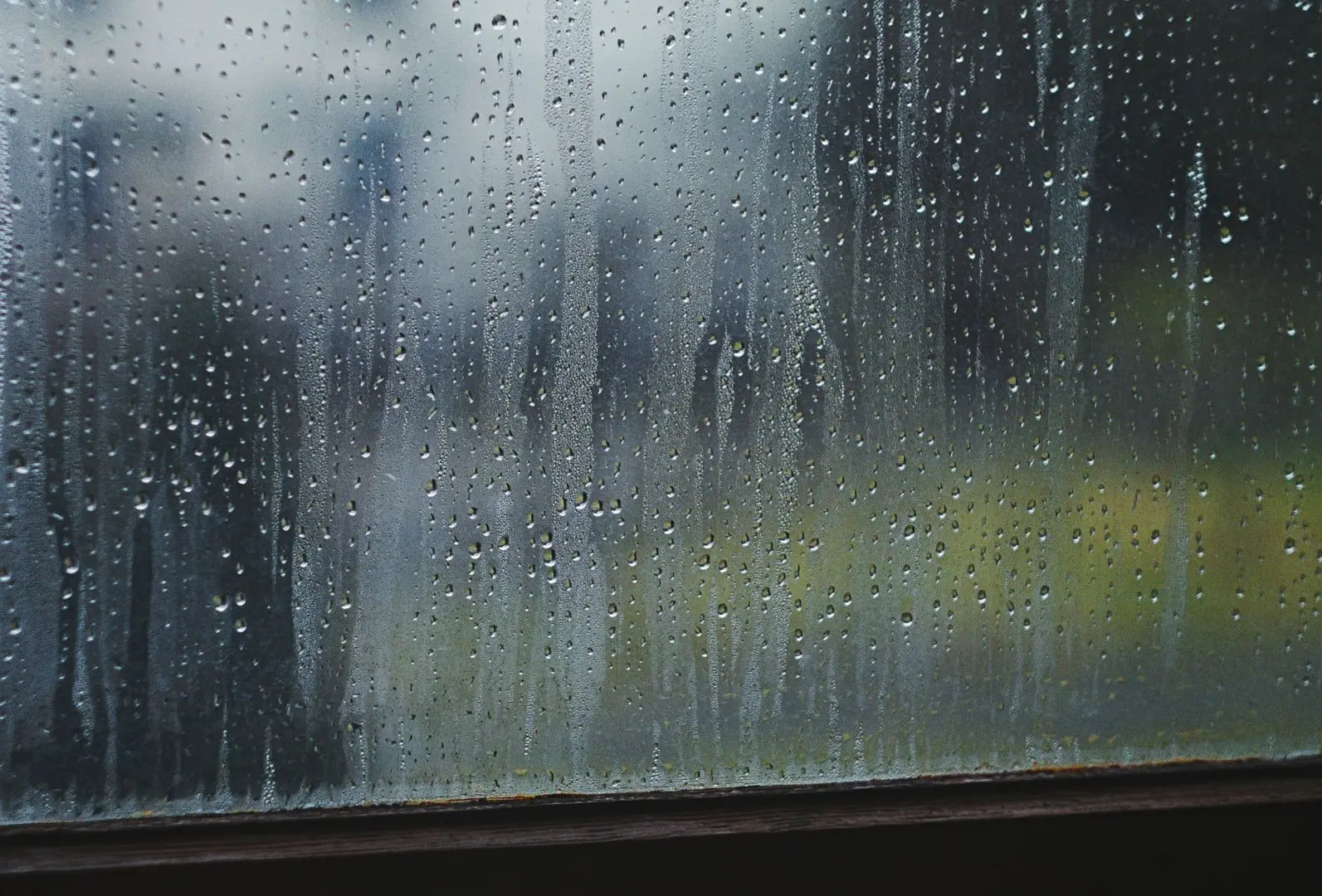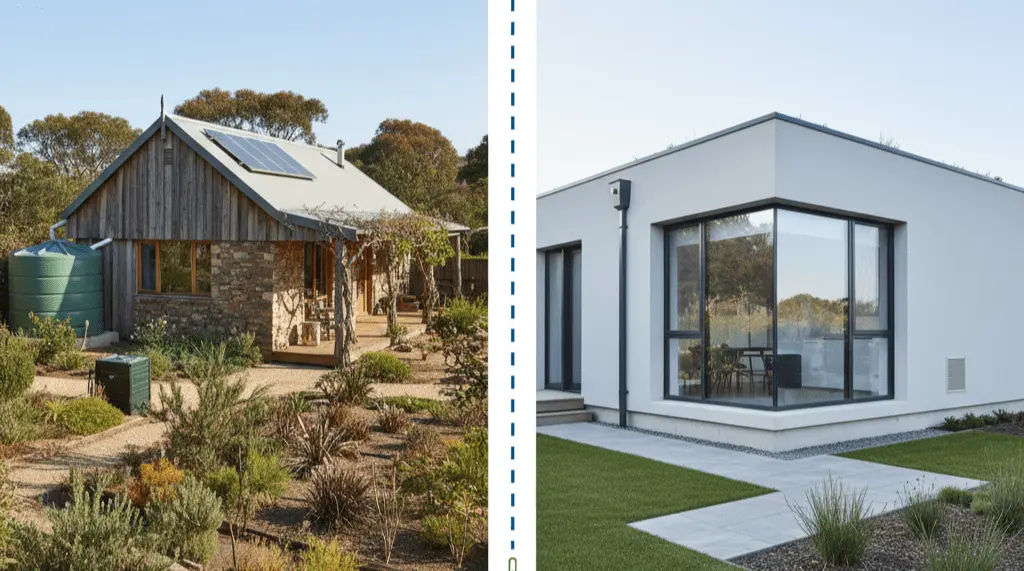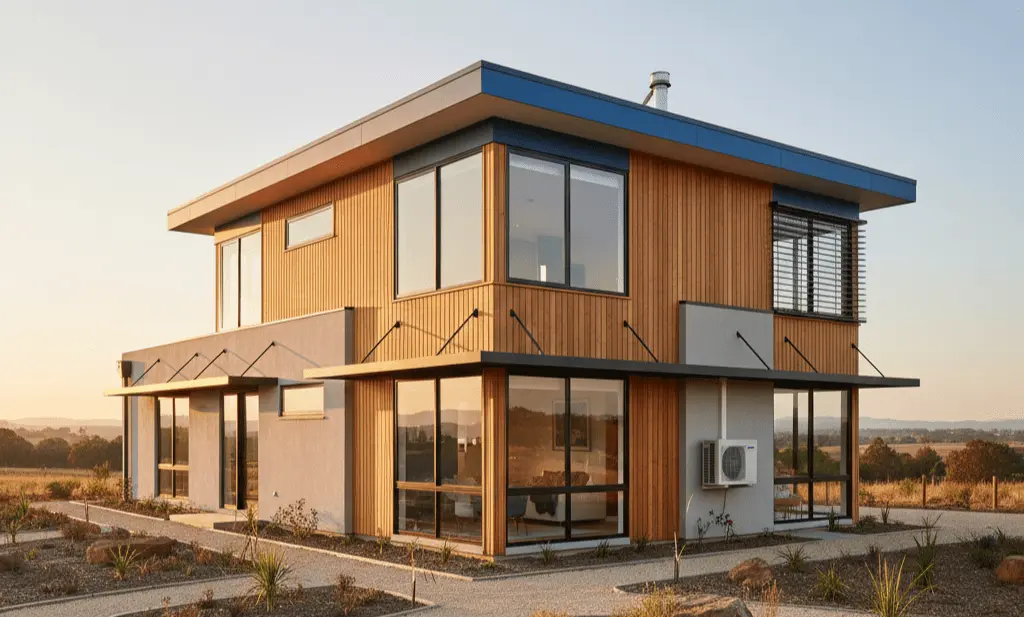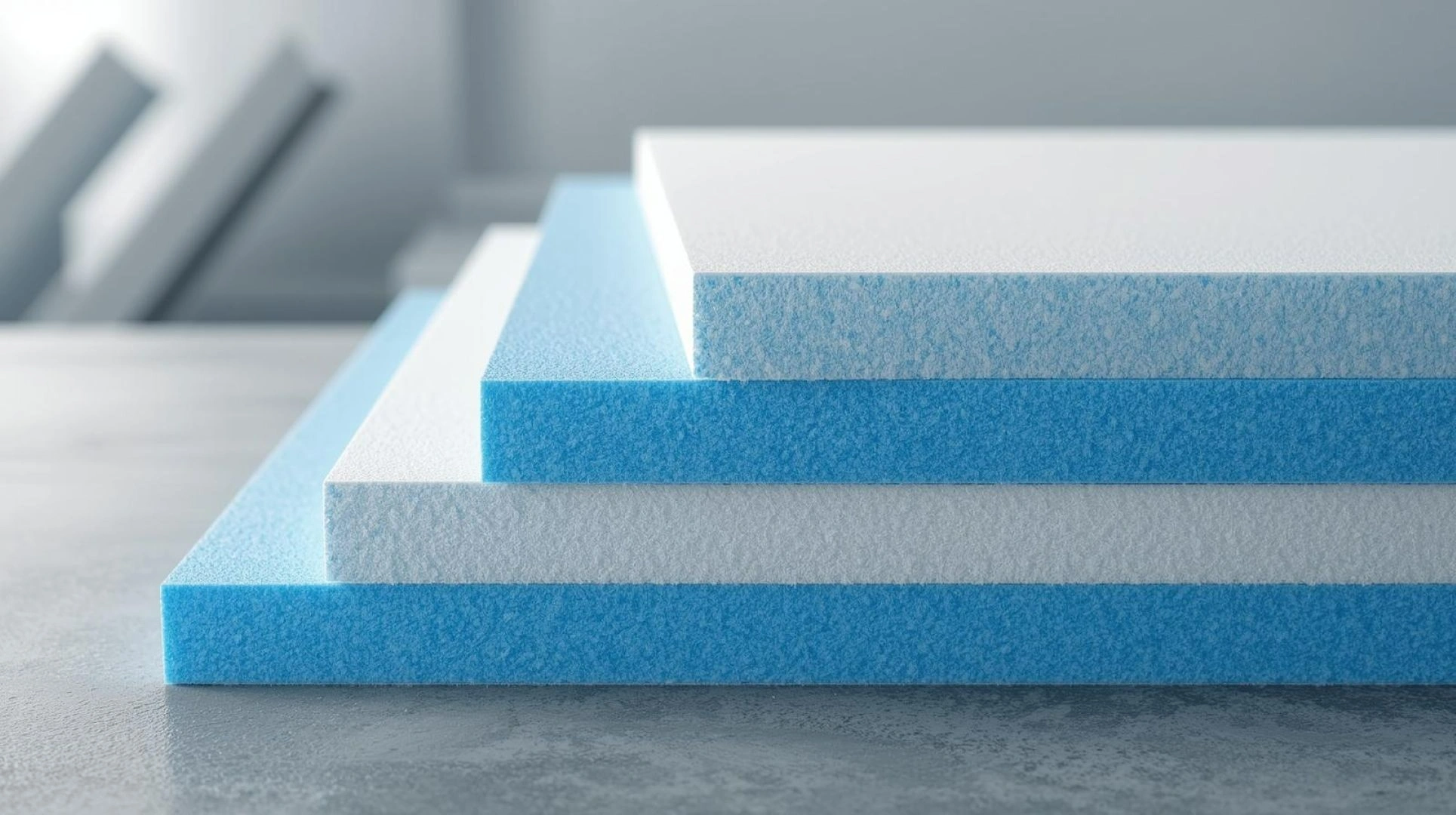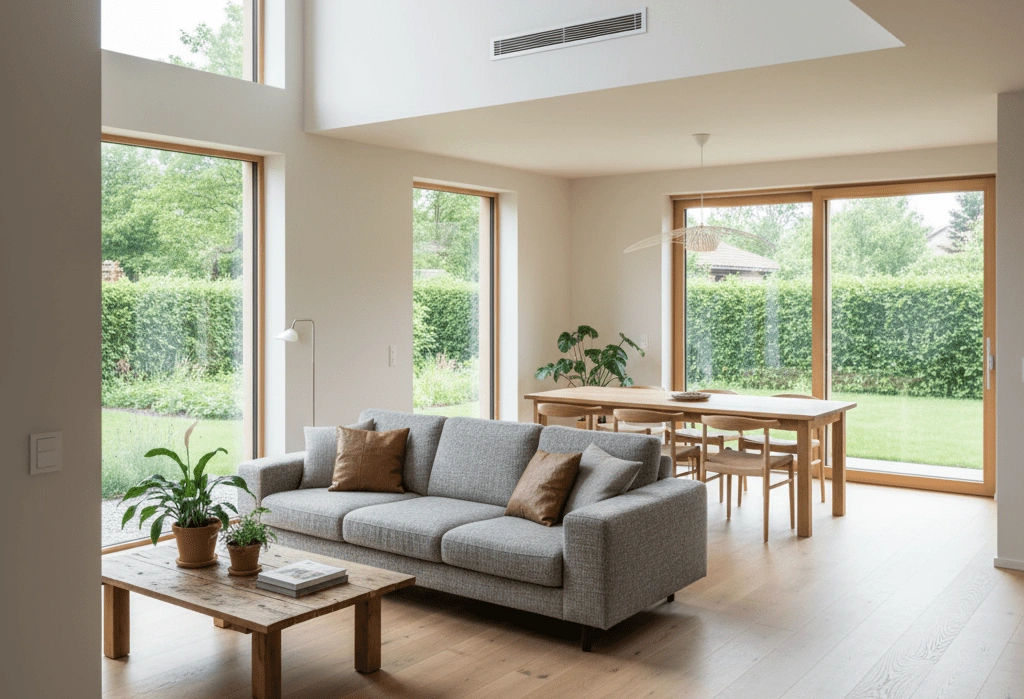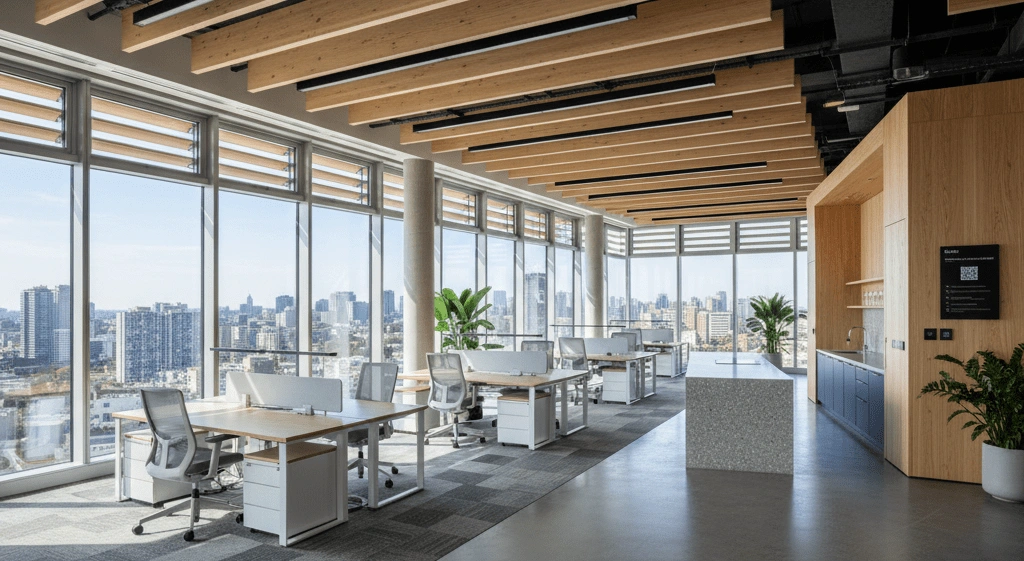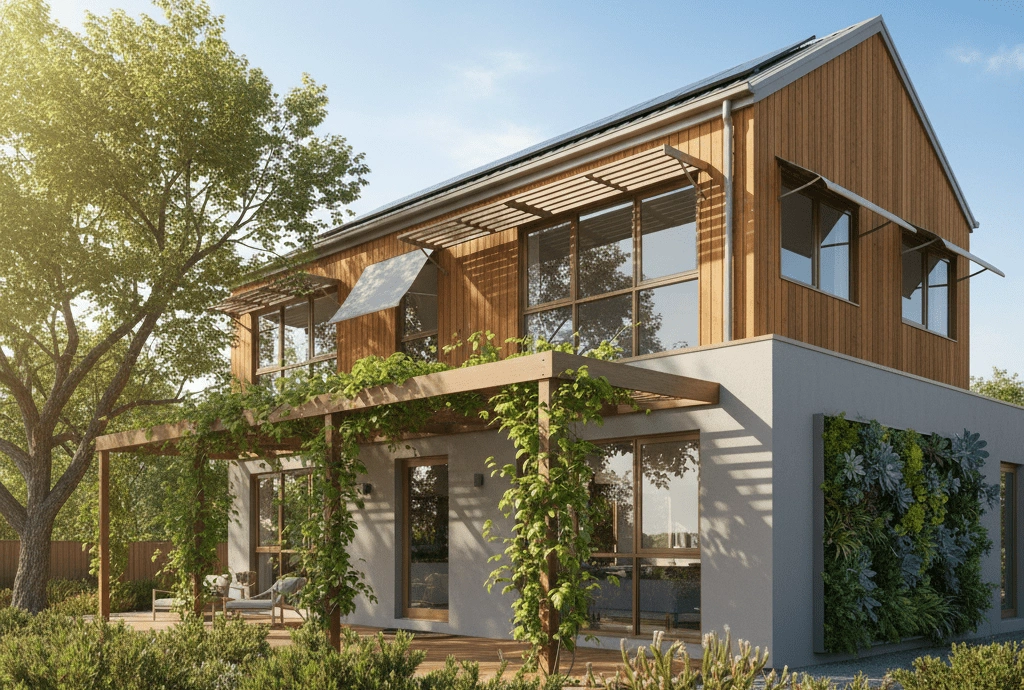The importance of high-performance windows in passive houses
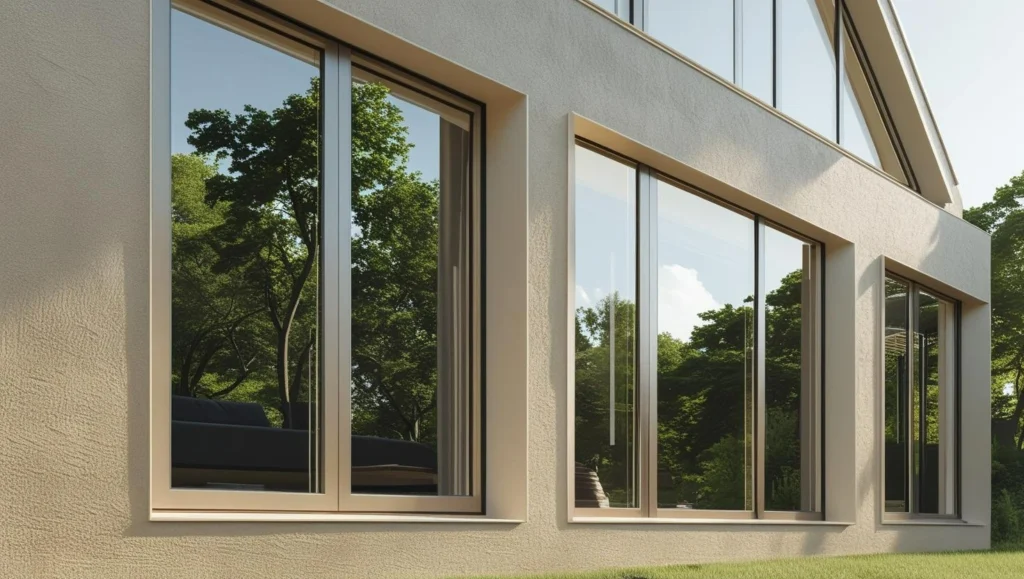

When designing a passive house, every element of the build plays a role in its overall performance. High-performance windows are one of the most important features. They do far more than let in natural light or provide a view – they help regulate temperature, reduce energy consumption and improve indoor comfort all year round.
For homeowners exploring passive house design in Australia, choosing the right windows can be the difference between meeting passive standards and falling short.
Why windows matter in a passive design house
In a conventional home, windows are one of the main sources of heat loss in winter and heat gain in summer. Standard glass and poorly insulated frames allow outside temperatures to impact the interior climate. This means more energy is needed for heating and cooling.
On the other hand, in a passive design house, the aim is to create an efficient building envelope that keeps warm air in during winter and out during summer. High-performance windows support this by:
- Minimising unwanted heat transfer
- Maximising solar gain in colder months
- Reducing the need for artificial heating and cooling
- Improving acoustic performance
- Supporting indoor air quality by reducing draughts
These factors are critical to meeting the Passive House standard – a globally recognised benchmark for energy-efficient building.
On the other hand, in a passive design house, the aim is to create an efficient building envelope that keeps warm air in during winter and out during summer. High-performance windows support this by:
- Minimising unwanted heat transfer
- Maximising solar gain in colder months
- Reducing the need for artificial heating and cooling
- Improving acoustic performance
- Supporting indoor air quality by reducing draughts
These factors are critical to meeting the Passive House standard – a globally recognised benchmark for energy-efficient building.
What makes a window “high-performance”?
A high-performance window typically has a combination of features that work together to reduce energy loss and support passive house design goals. These features include:
- Double or triple glazing with inert gas between panes
- Low-emissivity (low-E) coatings to reflect infrared heat
- Thermally broken or non-conductive frames
- Airtight seals to reduce infiltration
- Proper orientation and shading
When these elements are used together, windows can contribute significantly to the passive building design of your home.
Understanding window performance ratings
When comparing high-performance windows, it helps to understand how they’re measured. Two key figures to look at are the U-value and the solar heat gain coefficient (SHGC).
The U-value measures how well a window insulates – the lower the number, the better.
SHGC indicates how much solar radiation can pass through the glass. In cooler climates, a higher SHGC can help with passive heating, while in warmer areas, a lower SHGC helps keep your home cooler.
Passive house builders and designers can guide you in choosing the right ratings for your local climate. This ensures your windows contribute to, rather than compromise, your home’s thermal performance.
Choosing the right windows for passive house design in Australia
Not all double-glazed windows provide the same level of efficiency. If you’re looking to build a certified passive house in Australia, your windows must meet strict performance benchmarks. Work with experienced passive house builders or designers who understand how to balance:
- Climate zone requirements
- Thermal performance (U-values and solar heat gain coefficients)
- Ventilation needs
- Cost versus long-term savings
While high-performance windows cost more upfront than standard models, the investment pays off in reduced energy bills and greater comfort over the lifetime of your home.
Benefits of high-performance windows for homeowners
For homeowners in Australia, the benefits of choosing high-performance windows in a passive house are clear:
- Lower energy bills: Reduced heating and cooling needs mean long-term savings
- Improved comfort: No cold draughts or overheating
- Healthier living: Consistent indoor temperatures and improved air quality
- Quieter homes: Better acoustic insulation from outside noise
- Greater resale value: Buyers are increasingly aware of the benefits of energy-efficient homes
Whether you’re building your forever home or an investment property, passive house design makes long-term sense.
Orientation and placement are just as important
When designing a passive house, window performance is only part of the story. Placement and orientation also have a huge impact.
In Australia, passive house designers typically recommend positioning most glazing to the north, where the sun can provide free warmth in winter. East- and west-facing windows are kept to a minimum or protected with shading to avoid unwanted heat gain in summer.
Thoughtful placement also helps with daylighting, reducing the need for artificial lighting, and can improve comfort and livability throughout the home.
Work with passive house builders who know the standards
If you’re thinking about building a passive design house, it’s worth speaking with passive house designers in Australia early in the process. That’s because designing a passive house is not the same as building an energy-efficient home. It involves specific performance standards, software modelling and certification.
Passive house builders understand the science behind passive building design and will ensure your windows, walls, insulation and ventilation work together as a system. They can also help you assess your block, refine your layout and choose the right windows, materials and systems from the start.
Look for passive house builders near you who have a proven track record, use certified products and can support you through the design, construction and certification process.
Final thoughts
High-performance windows are not just a feature – they are a foundation of passive house design. When paired with the right layout, orientation and construction techniques, they help create homes that are more comfortable, efficient and future-ready.
Whether you’re researching passive house builders, exploring passive house designs Australia-wide or simply looking for ways to reduce your energy use, investing in the right windows is a smart first step.

